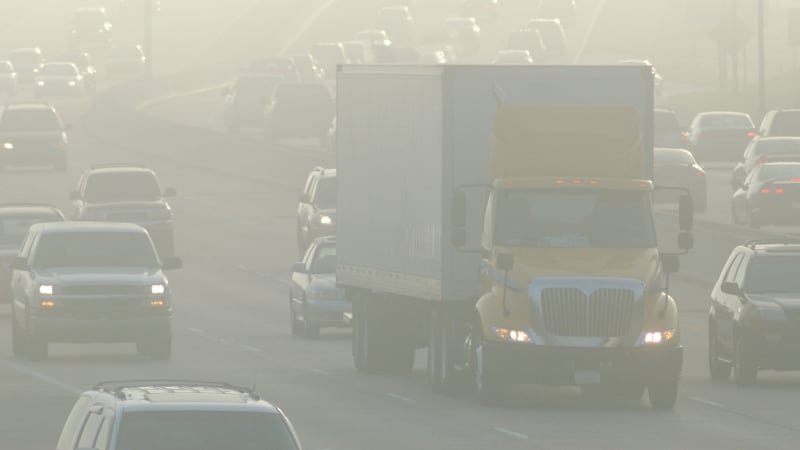U.S. finalizes tough new emissions rules for big trucks

WASHINGTON — The U.S. Environmental Protection Agency on Tuesday will announce it is finalizing new emissions standards to drastically cut smog- and soot-forming emissions from heavy-duty trucks, the first of a series of actions planned to cut vehicle pollution.
The new standards, the first update to clean air standards for heavy duty trucks in more than two decades, are more than 80% stringent than current standards. The EPA estimates by 2045, the rule will result up to 2,900 annual fewer premature deaths, 1.1 million fewer lost school days for children and $29 billion in annual net benefits.
“It’s really important — especially for protecting the health of the 72 million people living near truck freight routes in America,” EPA Administrator Michael Regan told Reuters in an interview, adding the rule will result in an up to 48% reduction in smog-forming nitrogen oxide (NOx) emissions by 2045. “This is a very very aggressive approach to reduce NOx emissions.
Separately, the EPA plans to propose by March the so-called “Phase 3” greenhouse gas (GHG) standards for heavy-duty vehicles beginning and new emissions standards light- and medium-duty vehicles. Both of those rules when finalized are to take effect starting in the 2027 model year.
In December 2021, the EPA finalized new passenger vehicle emissions requirements through 2026 that reversed President Donald Trump’s rollback of car pollution cuts.
The EPA said Tuesday expects to make decisions on waiver requests by the state of California to set its own heavy truck emissions rules.
EPA opted not to finalize the heavy-duty truck GHG emissions rules in 2022 after Congress passed new incentives to speed the adoption of zero-emission vehicle. EPA believes much greater zero-emission heavy duty vehicle adoption rates are possible given the climate law’s $40,000 Qualified Commercial Clean Vehicle tax credit.
Transportation is the largest source of U.S. GHG emissions, making up 29% of emissions, and heavy-duty vehicles are the second-largest contributor, at 23%, the EPA said.







